Protein is important, but nobody wants to spend their entire paycheck on fancy cuts of meat and overpriced supplements. There are plenty of cheap, high-protein foods that get the job done without wrecking your budget. Some of the best protein sources are the ones sitting on grocery store shelves for a fraction of the price. If you’re looking to hit your protein goals without emptying your wallet, here’s a great list to focus on.

Eggs


Eggs are one of the most affordable and versatile protein sources available. Each egg contains about 6g of high-quality protein, along with essential vitamins like B12 and choline. A dozen eggs typically cost a few dollars (when Bird flu isn’t causing nationwide shortages!), making them a budget-friendly staple. They can be scrambled, boiled, baked into dishes, or even used in high-protein desserts.
Canned Tuna
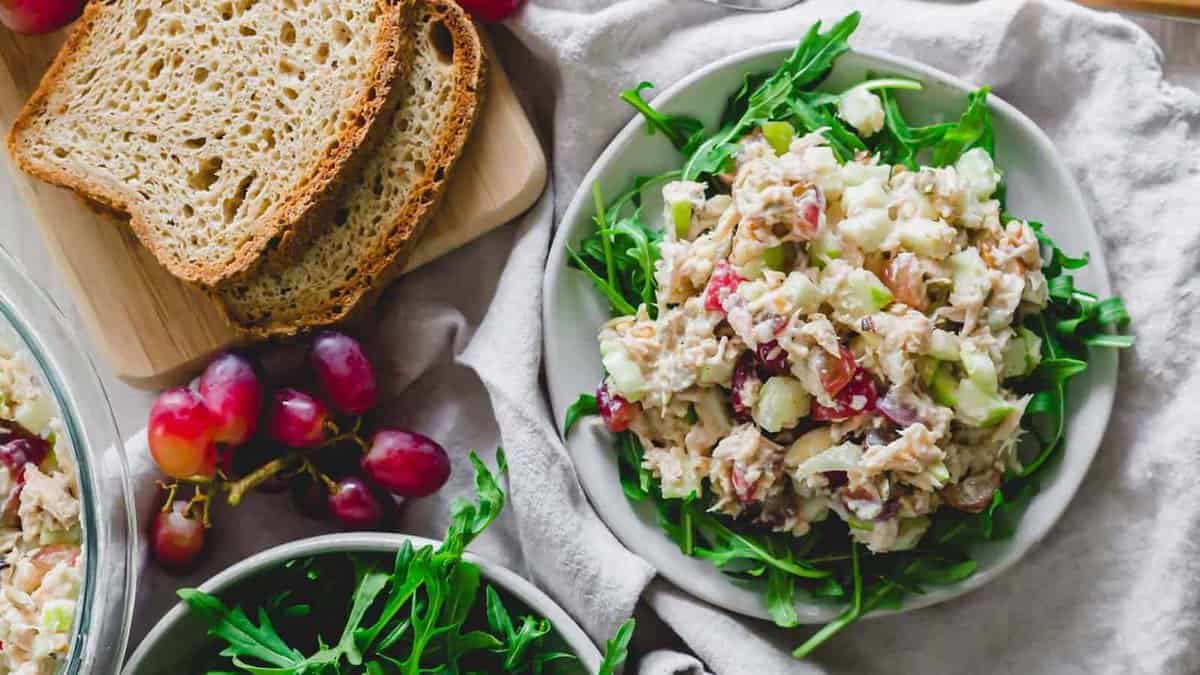

At roughly 25g of protein per can, canned tuna is a cost-effective way to pack in lean protein. It’s shelf-stable, making it a great pantry staple, and is significantly cheaper than fresh fish. It’s easy to incorporate into meals like sandwiches, salads, pasta dishes, or even eaten straight from the can with some seasoning. Opt for water-packed varieties to keep it lower in fat and calories.
Lentils
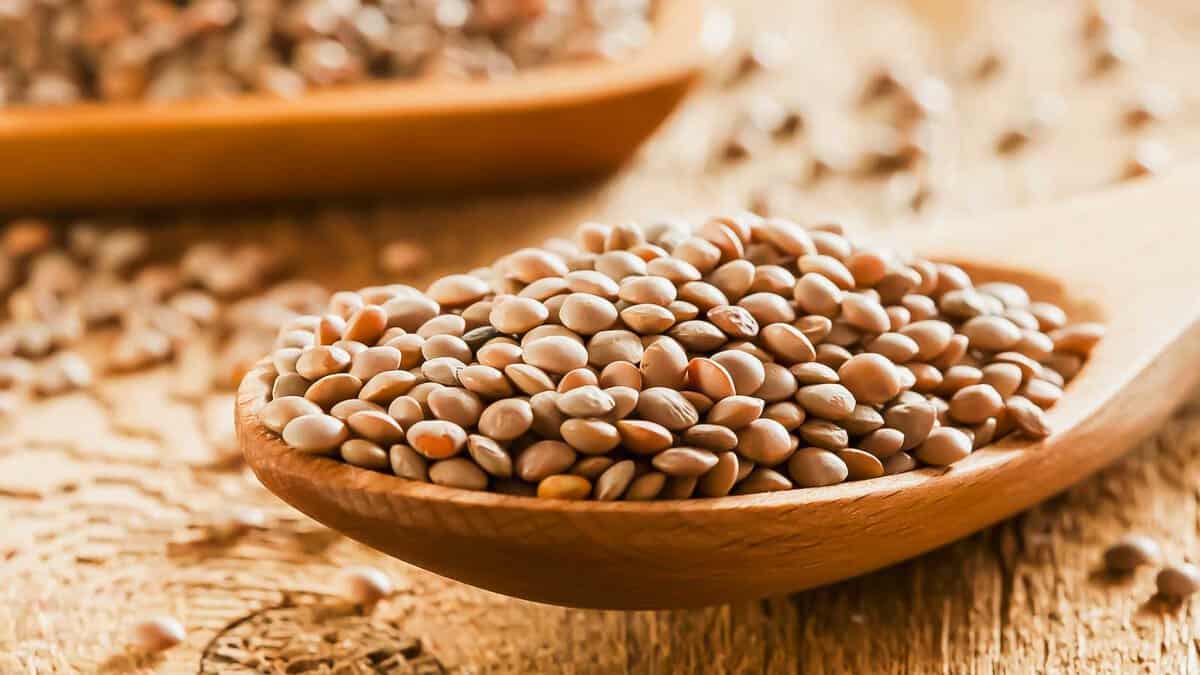

Lentils offer around 18g of protein per cooked cup, plus they are loaded with fiber and iron, making them a nutritional powerhouse. Unlike other protein sources, they require no refrigeration, have a long shelf life, and cook quickly compared to beans. They work well in soups, stews, curries, or even as a ground meat substitute in tacos and burgers. A pound of lentils can provide multiple meals at a fraction of the cost of meat.
Peanut Butter
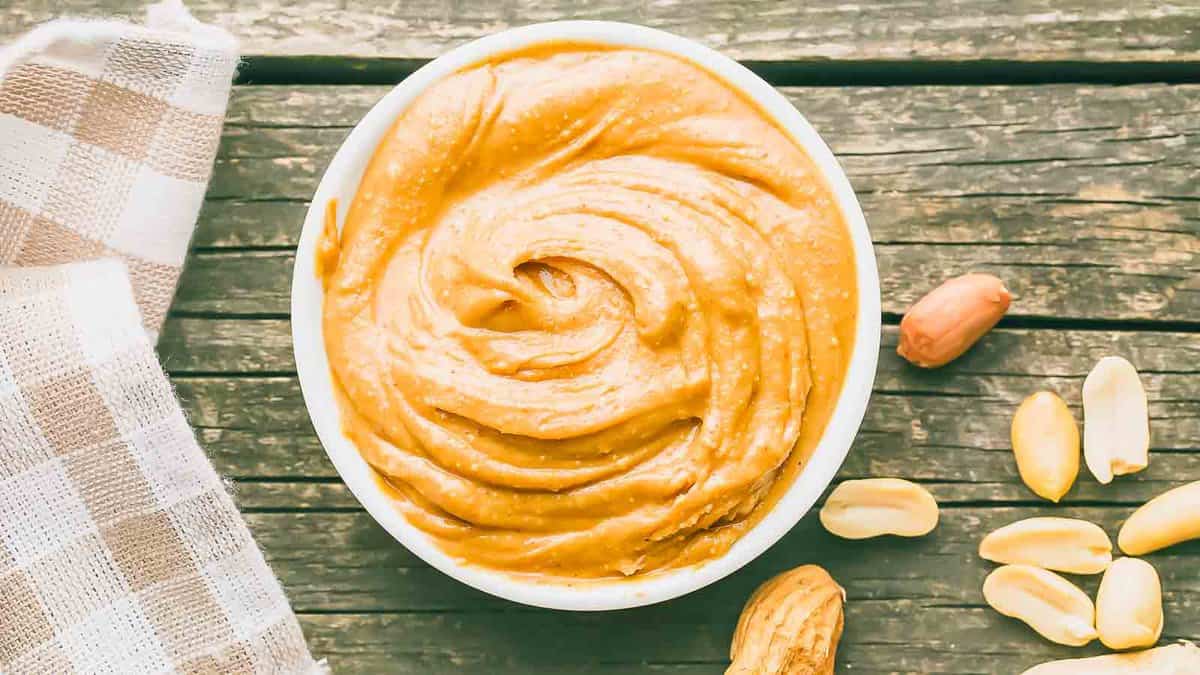

A two-tablespoon serving of peanut butter contains about 8g of protein, along with healthy fats that help with satiety. It’s an inexpensive and easy way to boost protein intake, whether spread on toast, added to smoothies, stirred into oatmeal, or eaten straight off the spoon. Buying in bulk or store-brand varieties can stretch your dollar further.
Greek Yogurt
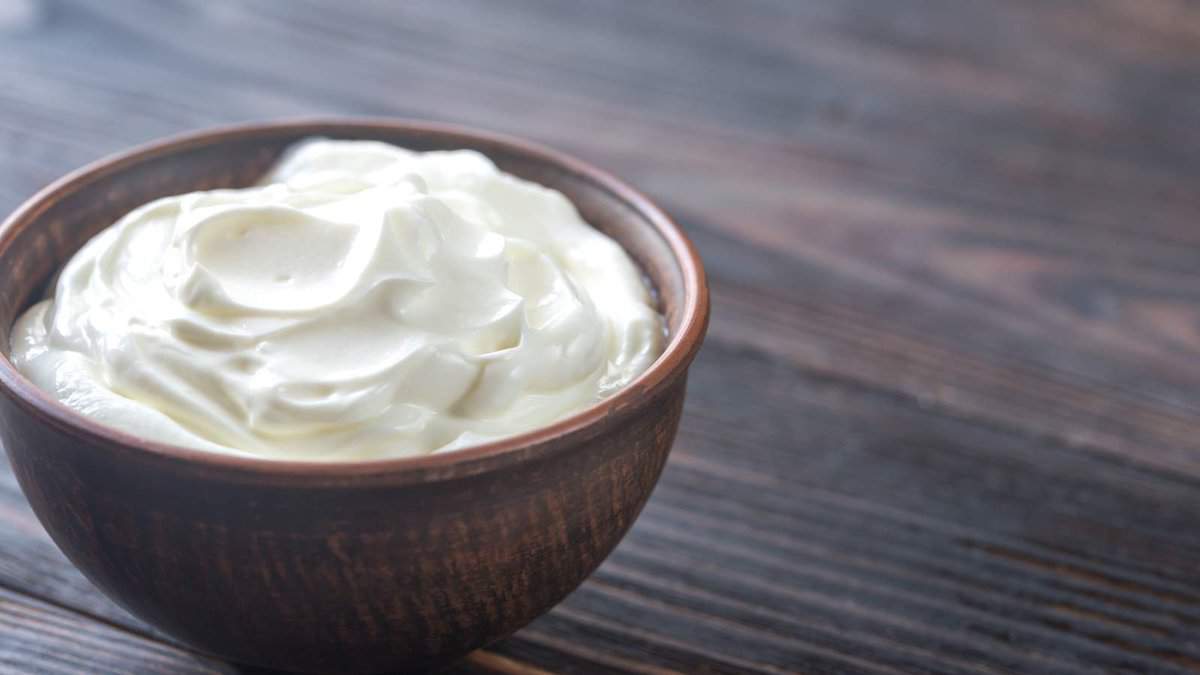

With around 15g of protein per cup, Greek yogurt is a budget-friendly way to get a high dose of protein along with probiotics for gut health. Opt for plain varieties to avoid added sugars and get more versatility—use it in smoothies, as a sour cream replacement, or as a protein-packed base for breakfast bowls. Buying larger tubs instead of single-serve containers helps keep costs down.
Cottage Cheese


This high-protein dairy option provides about 14g of protein per half-cup and is often cheaper per ounce than Greek yogurt. It’s a great snack on its own, can be made into bagels, blended into pancakes or smoothies, and works well in savory dishes like lasagna. The high casein content also makes it a great slow-digesting protein source, perfect before bed.
Black Beans


A cup of black beans provides about 15g of protein along with fiber that keeps you full longer. They are one of the cheapest protein sources, especially when bought dried and cooked at home. Use them in soups, stews, tacos, salads, or even mashed into veggie burgers. Their versatility and affordability make them an easy meat replacement.
Ground Turkey
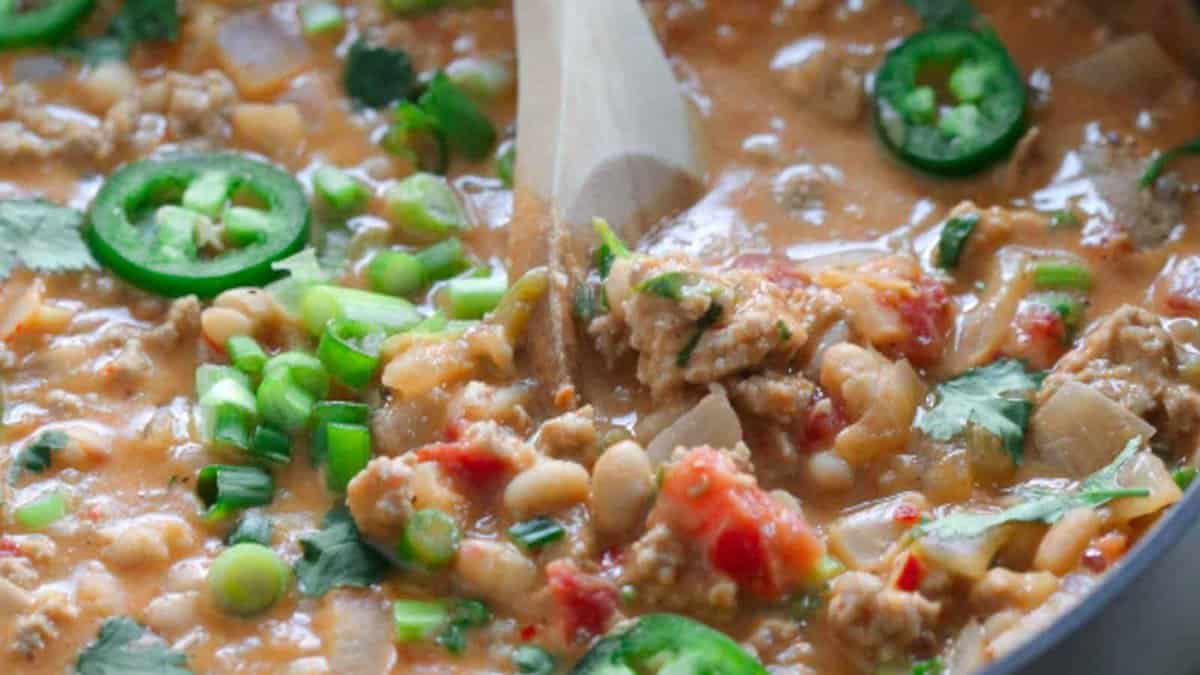

Ground turkey is often more affordable than ground beef but still provides around 22g of protein per serving. It’s leaner than beef, making it a great option for those watching fat intake. Use it in tacos, burgers, meatballs, chili, or casseroles for a protein boost that fits most budgets. Buying in bulk and freezing portions can help maximize savings.
Oats


While not typically thought of as a protein source, oats provide about 5g of protein per half-cup serving. They are incredibly cheap and can be easily combined with higher-protein foods like peanut butter, Greek yogurt, or protein powder to create balanced, filling meals. Overnight oats, protein pancakes, or savory oat bowls are all easy, budget-friendly options.
Canned Chicken


At around 20g of protein per serving, canned chicken is a cost-effective alternative to fresh poultry, often at a lower price per ounce. It’s pre-cooked and easy to use in sandwiches, casseroles, soups, or quick stir-fries. Stocking up when on sale or buying in bulk can help stretch your grocery budget further.
Chia Seeds
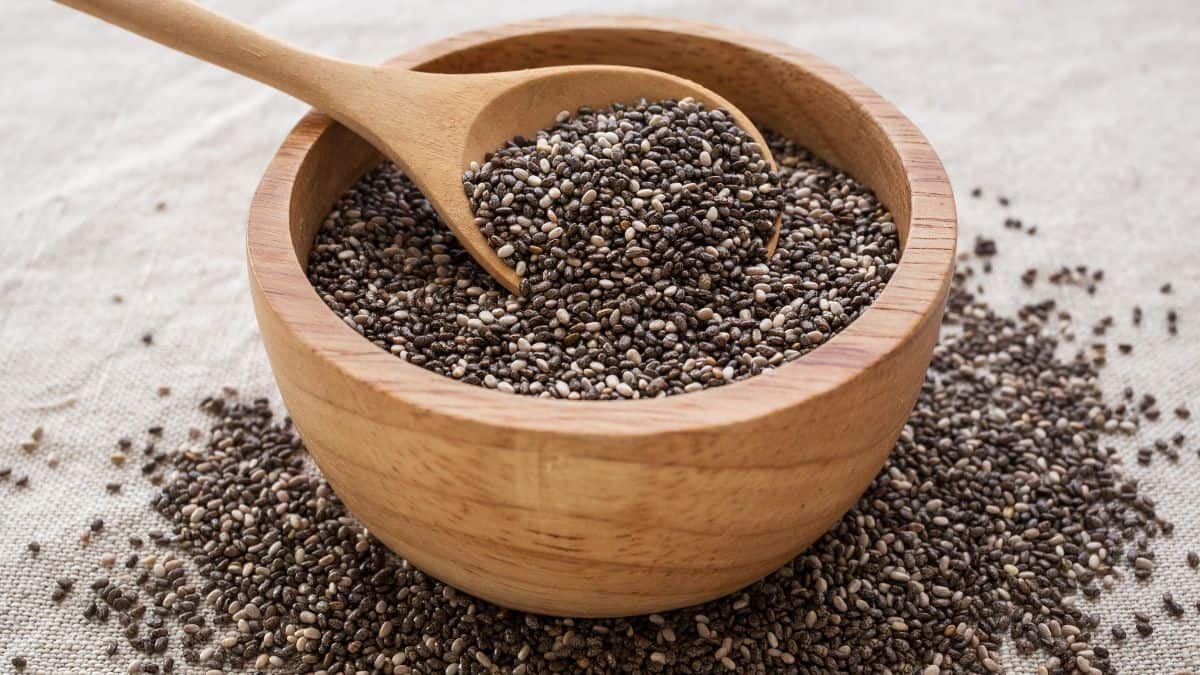

These tiny seeds contain 5g of protein per ounce along with fiber, omega-3s, and essential minerals. They may seem pricey upfront, but a small bag lasts a long time since you only need a tablespoon or two per serving. They can be added to smoothies, oatmeal, yogurt, or made into a protein-rich chia pudding. Buying in bulk saves money over time.
Tofu


Tofu is one of the most affordable plant-based protein sources, offering around 10g of protein per serving. It’s extremely versatile, absorbing flavors well in stir-fries, scrambles, and grilled dishes. Firm tofu can be sliced and pan-fried for texture, while soft tofu works well in soups and desserts. Buying in bulk or from Asian markets can help cut costs further.
Sunflower Seeds


Sunflower seeds provide about 6g of protein per ounce and are a much cheaper alternative to almonds or other nuts. They are great for snacking, adding crunch to salads, or mixing into oatmeal and yogurt. They also contain healthy fats and micronutrients like magnesium and vitamin E. Buying them in bulk or unshelled keeps the cost per serving lower.
13 High-Protein Foods That Aren’t Meat


Boosting your protein intake doesn’t have to mean eating more meat. There are plenty of delicious, protein-packed options that can keep your meals exciting and nutritious. From snacks to main courses, these high-protein foods are versatile and easy to include in your diet. Check out these great alternatives.
Read it Here: 13 High-Protein Foods That Aren’t Meat
12 Foods That Have More Protein Than An Egg
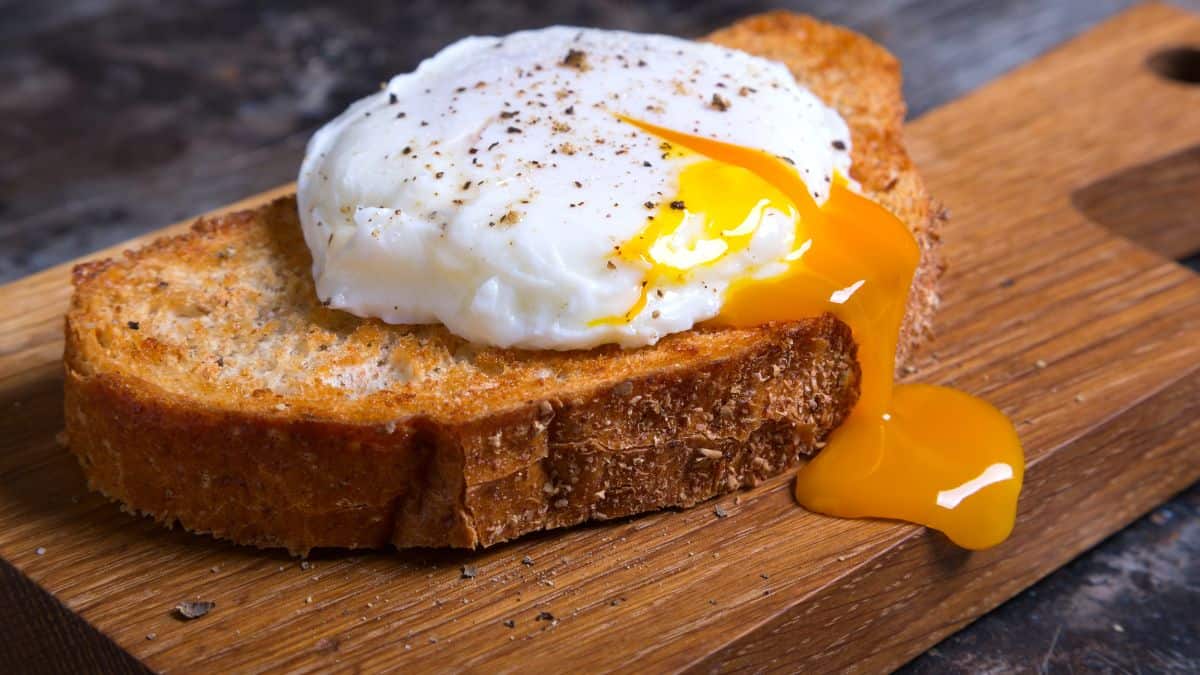

Eggs are often hailed as a great source of protein, packing about 6 grams per large egg. But if you’re looking to diversify your protein sources or just seeking a bit more protein punch per serving, there are plenty of other options out there. This guide will walk you through twelve foods that offer even more protein than a single egg, suitable for a variety of diets and lifestyles and almost any meal, any time of the day.
Read it Here: 12 Foods That Have More Protein Than An Egg
*Select images provided by Depositphotos.
Gina Matsoukas is an AP syndicated writer. She is the founder, photographer and recipe developer of Running to the Kitchen — a food website focused on providing healthy, wholesome recipes using fresh and seasonal ingredients. Her work has been featured in numerous media outlets both digital and print, including MSN, Huffington post, Buzzfeed, Women’s Health and Food Network.


